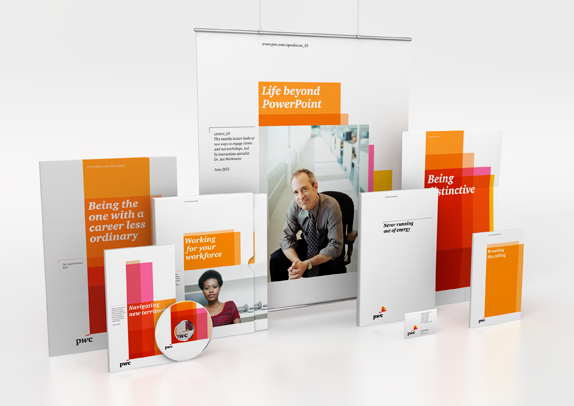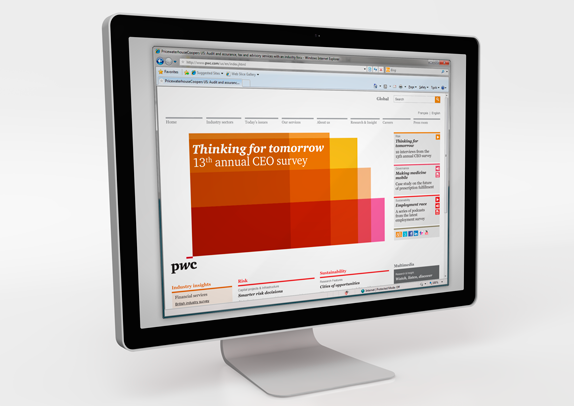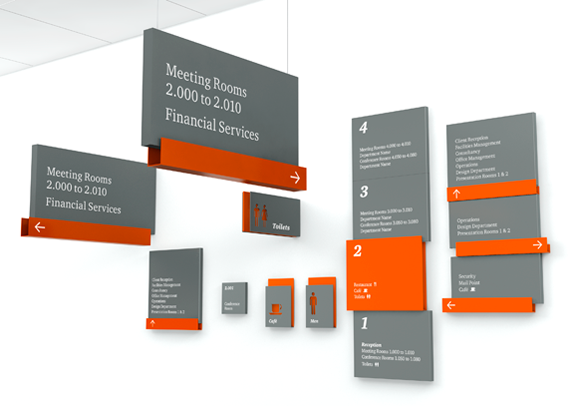Is there any reason to be fearful of diet soda? The overwhelming scientific consensus is no, there is not. Yet as a consummate consumer of Diet Pepsi I am frequently told that diet soda is dangerous, because it causes cancer or some other health problem. Now I won’t disagree that I’m digesting an unhealthy amount of caffeine, but that’s not what people are usually talking about; they’re talking about the “dangers†of artificial sweeteners. The frequency with which smart, educated people tell me  this is startling, and it makes me wonder to what degree the continued consumption of regular soda is this country is based on irrational and unfounded beleifs about artificial sweeteners. So as a (potentially pointless) public service, I’m going to explain exactly why we nothing to fear from diet soda and artificial sweeteners.
The controversy over artificial sweeteners is not old. Saccharine was invented in 1879, and the first attempt to ban it was in 1911 when panel of federal scientists called it “an adulterant†and concluded it was only fit for food “intended for invalidsâ€. Aspartame was first synthesized in 1965 and initially approved by the FDA in 1974, but critics challenges to the initial studies and claims of conflicts of interest led the FDA to place the approval on stay which prevented it from being used until 1981.
Much of the opposition I hear to artificial sweeteners, and indeed medicine in general, is an appeal to uncertainty. People are think we don’t know what the long-term effects are and have a suspicion about what they see as some brand new chemical; the novelty itself being a cause for concern. But clearly these chemicals have been around for a long time, and one FDA official calls aspartame “one of the most thoroughly tested and studied food additives the agency has ever approvedâ€, and it has also been called “one of the most rigorously tested food ingredients to dateâ€. So appeals to lack of knowledge on the subject are unfounded.
What do these studies tell us? Here is what leading health and science organizations conclude:
- American Cancer Society: Research on artificial sweeteners, including aspartame, continues today. Current evidence does not demonstrate any link between aspartame and an increased risk of cancer
- National Cancer Institute, National Institutes of Health: There is no clear evidence that the artificial sweeteners available commercially in the United States are associated with cancer risk in humans…
- Mayo Clinic: …numerous studies confirm that artificial sweeteners are safe for the general population.
- FDA: Food safety experts generally agree there is no convincing evidence of a cause and effect relationship between these sweeteners and negative health effects in humans. The FDA has monitored consumer complaints of possible adverse reactions for more than 15 years.
So there is a large consensus among health and food safety organizations that artificial sweeteners are safe with respect to both cancer and other negative health effects.
Aside from the vast empirical literature showing the safety of artificial sweeteners, there is good theoretical reason to believe they are safe. For example, contrary to popular perceptions that aspartame is some new mystery chemical that directly impacts the body in unknown ways, it is actually broken down by the body into three common metabolites: methanol, phenylalanine and aspartic acid. Wikipedia provides a useful overview of why these chemicals are safe in the amounts found in aspartame.
The amount methanol isn’t a cause for concern because it’s less than is found in fruit juice and other natural sources. Phenylalaline is an essential amino acid that is “required for normal growth and maintenance of lifeâ€, and is present in any normal diet in larger amounts than will be found in typical consumption of aspartame. Aspartic acid is “one of the most common amino acids in the typical dietâ€, and the amount of it found in aspartame is around 1% to 2% of the normal daily consumption of it.
You can’t really be suspicious of artificial sweeteners without taking a paranoid stance towards leading health and scientific organizations in this country, and towards science itself. Most educated people who hold suspicions about artificial flavorings nevertheless trust the conclusions of science and scientific institutions on other issues, like global warming and evolution. So how do these people decide when to trust scientific consensus and when not to? If you’re going to be a scientific nihilist, then you should at least do so consistently.
Filed under: Science







































